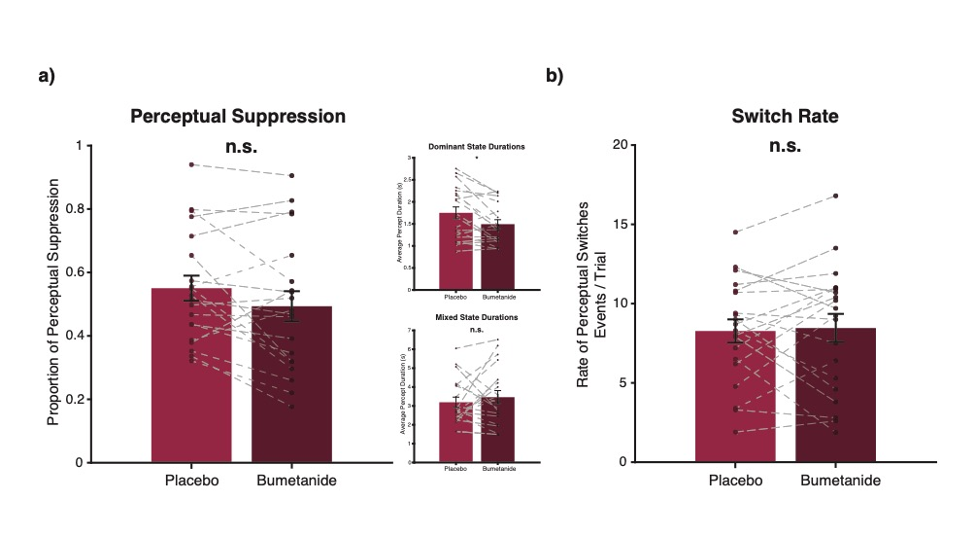




Did you find this useful? Give us your feedback








5 citations
41 citations
...During development, the polarity of GABAergic action transitions from excitatory (depolarizing) to inhibitory (hyperpolarizing) due to a progressive reduction in intracellular chloride (Cl-) concentration in principal neurons [14, 15] -- a developmental sequence that may be disrupted in animal models of autism [16, 17]....
[...]
40 citations
...See [31] for more details....
[...]
...This finding stands in contrast to studies showing that GABAA and GABAB modulators increase perceptual suppression during rivalry [31]....
[...]
...5 inhibition [31, 36, 37]....
[...]
...Binocular rivalry replay trial stimuli were identical to those used in the main rivalry experiment, and the paradigm was identical to our previously published studies [31, 33]....
[...]
...Indeed, the effects we observed (lower perceptual suppression) here trended in the opposite direction as predicted from previous studies of the impact of GABA modulators on rivalry dynamics [31, 32]....
[...]
39 citations
...Bumetanide, a loop diuretic, has proven hopeful in rectifying GABA polarity in valproic acid and Fragile X animal models of autism [16, 19]....
[...]
37 citations
...We also assessed performance on rivalry replay control trials to establish whether any observed changes were due to non-perceptual effects on response latencies or response criteria [39, 40]....
[...]
33 citations
...Excitatory and inhibitory (E/I) activity is balanced in neural systems at multiple spatial scales [1, 2], and this balance is thought to be critical for typical neural function [3–5]....
[...]